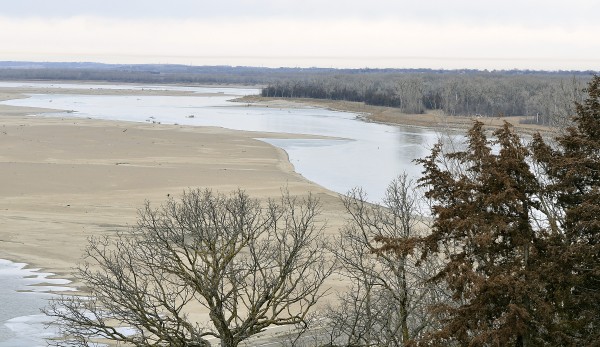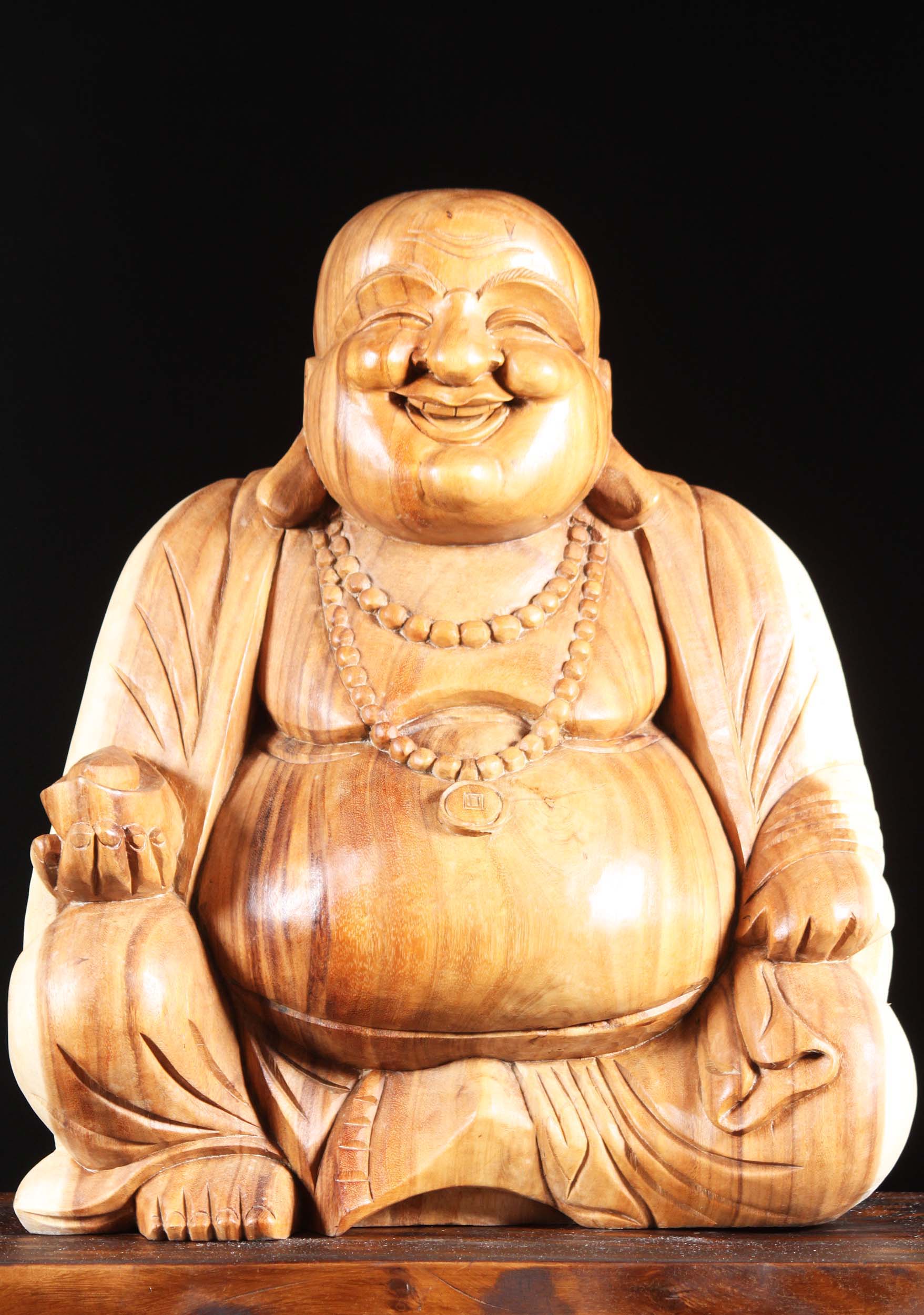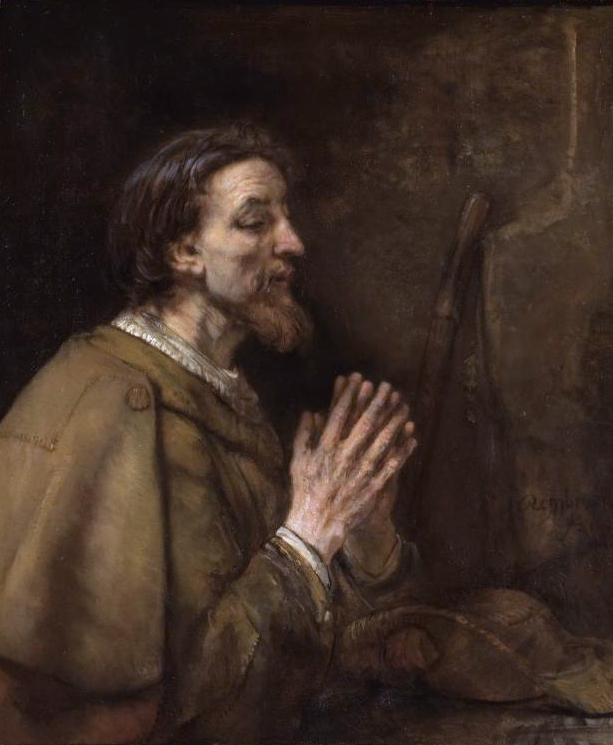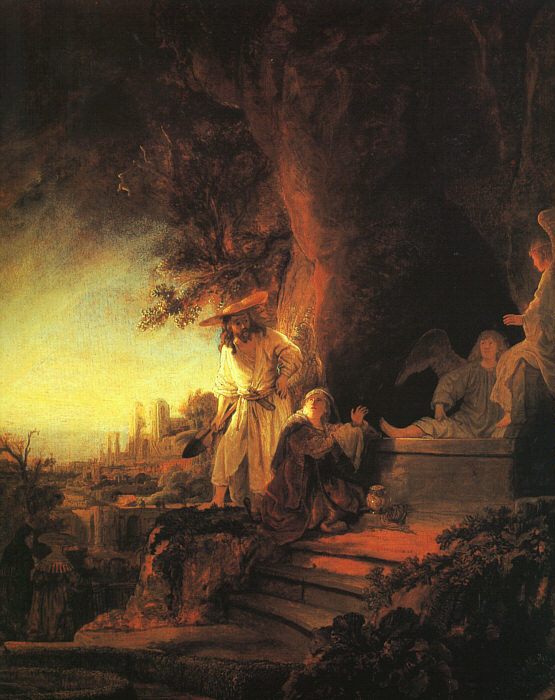
* * * *
As the photo-caption above says, I just returned from a 4-day canoe trip on the Missouri River – 115 river miles, from South Sioux City to Omaha Nebraska. (Two weeks in all – three days’ drive out, four days back, the rest setting up or packing up.) Specifically, I got back last Friday, July 17.

And my last post was on June 20, Remembering Monday, May 18, 1992. (Including the image at right, it talked about the day I did my first Daily Office (Bible) Reading, on May 18, 1992.)
Which all means that I haven’t done a lot of posting lately on liturgical seasons or feast days. And on that note, the feast day for Mary Magdalene was Wednesday, July 22.
I’ve done a number of posts on this Mary “Maudlin,” including last year’s On Mary Magdalene – and all those “rules and regulations.” Also, On Mary Magdalene, and “conserving talents” (from 2018), 2015’s On Mary Magdalene, “Apostle to the Apostles,” and – from 2017 – On Mary of Magdala and James the Greater, Saints. (I.e., Mary’s Feast Day – July 22 – is followed by this particular James’ Feast Day, July 25.)
Last year’s post emphasized one indisputable: That Mary Magdalene showed way more courage and faith than the 11 male disciples, when push came to shove. Which is why St. Augustine called her the “Apostle to the Apostles.” See also Mary of Magdala | FutureChurch:
Mary of Magdala is perhaps the most maligned and misunderstood figure in early Christianity… Since the fourth century, she has been portrayed as a prostitute and public sinner… Paintings, some little more than pious pornography, reinforce the mistaken belief that sexuality, especially female sexuality, is shameful, sinful, and worthy of repentance. Yet the actual biblical account of Mary of Magdala paints a far different portrait than that of the bare-breasted reformed harlot of Renaissance art.
In turn that 2019 post cited 2018’s Mary Magdalene, and “conserving talents.” That was an early post exploring the idea of conservative Christians “playing it too safe.” That is, choosing not to explore the “rich tapestry of life.” That led me to conclude that “There’s no such thing as a ‘conservative Christian.’” (“It’s an oxymoron.”) Then too, that rules and regulations post brought up a standard conservative – and sometimes “Conservative Christian” – rant, that “all immigrants must follow all the rules and regulations.”
On that note, the post pointed out that Jesus – by His own admission – came into the world to save sinners, not those who blindly “follow all the rules and regulations.” (Mark 2:17, and 1st Timothy 1:15.) Which certainly applied to Mary, that “bare-breasted reformed harlot.”
Which brings up “the letter versus the spirit of the law.” That is, the “idiomatic antithesis” about those who “obey the letter of the law but not its spirit.” In a sentence, “Intentionally following the letter of the law but not the spirit” can be done by “exploiting technicalities, loopholes, and ambiguous language.” And it’s based on 2d Corinthians 3:6, “This” – the Gospel of Jesus – “is a covenant not of written laws, but of the Spirit. The old written covenant ends in death; but under the new covenant, the Spirit gives life.” That is, life in abundance. (John 10:10.)

Which all leads us to July 25, the Feast Day for James, son of Zebedee. He’s one of several “James” in the New Testament, but this James is also called “St. James the Greater.” And incidentally, this St. James is the Patron Saint of Pilgrims. (Seen at left. See also Mary of Magdala and James the Greater, Saints.)
And speaking of pilgrimages – like my recent one down the Missouri River – see also the September 2016 post On St. James, Steinbeck, and sluts: “The point being that I’ve gone on a few pilgrimages in my time, and am fixing to go on another one this September.” September 2017 that is. That year my Adventurous Brother and I hiked the Camino de Santiago in Spain. (The French Way. Also, in the Sluts post, I noted that in the spiritual literature of Christianity, the concept of pilgrim and pilgrimage may refer to “the inner path of the spiritual aspirant from a state of wretchedness to a state of beatitude.”)
The post also said a pilgrimage can be “one of the most chastening, but also one of the most liberating” of personal experiences. Which happened on 2016’s Chilkoot Trail hike:
For my part, I certainly felt “chastened” after we got back to Skagway from the Chilkoot Trail.(Although the 10-of-12 beers that my nephew and I shared – of the two six-packs I bought – helped a lot too.) And I had a blister-on-a-blister that got infected – that didn’t fully heal until three weeks after the hike – to further heighten the feeling of getting “chastened.”
So this post celebrates both Mary Magdalene, as “the Apostle to the Apostles,” and St. James as the Patron Saint of Pilgrims. And speaking of pilgrimages, they can also be a way to “escape a plague.” Or at least get away from it for four days or so. (But see also A Pilgrimage during the time of the Black Plague, but that’s a whole ‘nother story.)
Meanwhile, we always have “the Risen Christ” to fall back on…
* * * *

* * * *
The upper image is courtesy of Lower Missouri River – Image Results. “The image was accompanied by a 2012 article from the Sioux City Journal, about how the low water level – eight years ago – could hurt boating and tourism.” I borrowed the image from a post on my companion blog, On my “new” Missouri River canoe trip, from July 5, 2020. That post was a preview, and I’ll be writing a postmortem – not literally – in a future post. As in an analysis or study of a recently completed event. The caption for the photo originally said, “I just heard the Lower Missouri River near Sioux City was pretty low. Could it be this bad?” Quick answer: It wasn’t.
As to “Week 19 of ‘the Covid'” in the post title, see On St. Philip and St. James – May, 2020. There I explained that, to me, “the pandemic hit full swing – the ‘stuff really hit the fan’ – back on Thursday, March 12,” when the ACC basketball tournament got cancelled, along with other major sports. “So my definition of the ‘First Full Week of the Covid-19 Pandemic’ has it starting on Sunday, March 15 and ending on Saturday the 21st.”
Re: Pilgrimage to escape plague. See for example, “Flight of the townspeople into the country to escape from the Plague, 1630,” seen below, courtesy of Pilgrimage Escape Plagues – Image Results.

The lower image is courtesy of Rembrandt – The Risen Christ Appearing to Mary Magdalen. (It’s the lead image in Mary Magdalene, and “conserving talents.“) See also On Easter Season – AND BEYOND. The full caption: “The Risen Christ Appearing to Mary Magdalen, by Rembrandt (1638).” And speaking of “racy,” the artist Titian did two versions of Mary crying. For the “racier” – 1533 – version see Penitent Magdalene (Titian, 1533) – Wikipedia.
The Penitent Magdalene is a 1565 oil painting by Titian of saint Mary Magdalene, now in the Hermitage Museum in Saint Petersburg. Unlike his 1533 version of the same subject, Titian has covered Mary’s nudity and introduced a vase, an open book and a skull as a memento mori. Its coloring is more mature than the earlier work, using colors harmoni[z]ing with character. In the background the sky is bathed in the rays of the setting sun, with a dark rock contrasting with the brightly lit figure of Mary.
For more on this “Mary,” see On Mary of Magdala and James the Greater, Saints, and also MARY MAGDALENE, Bible Woman: first witness to Resurrection, and What Did Mary Magdalene look like?